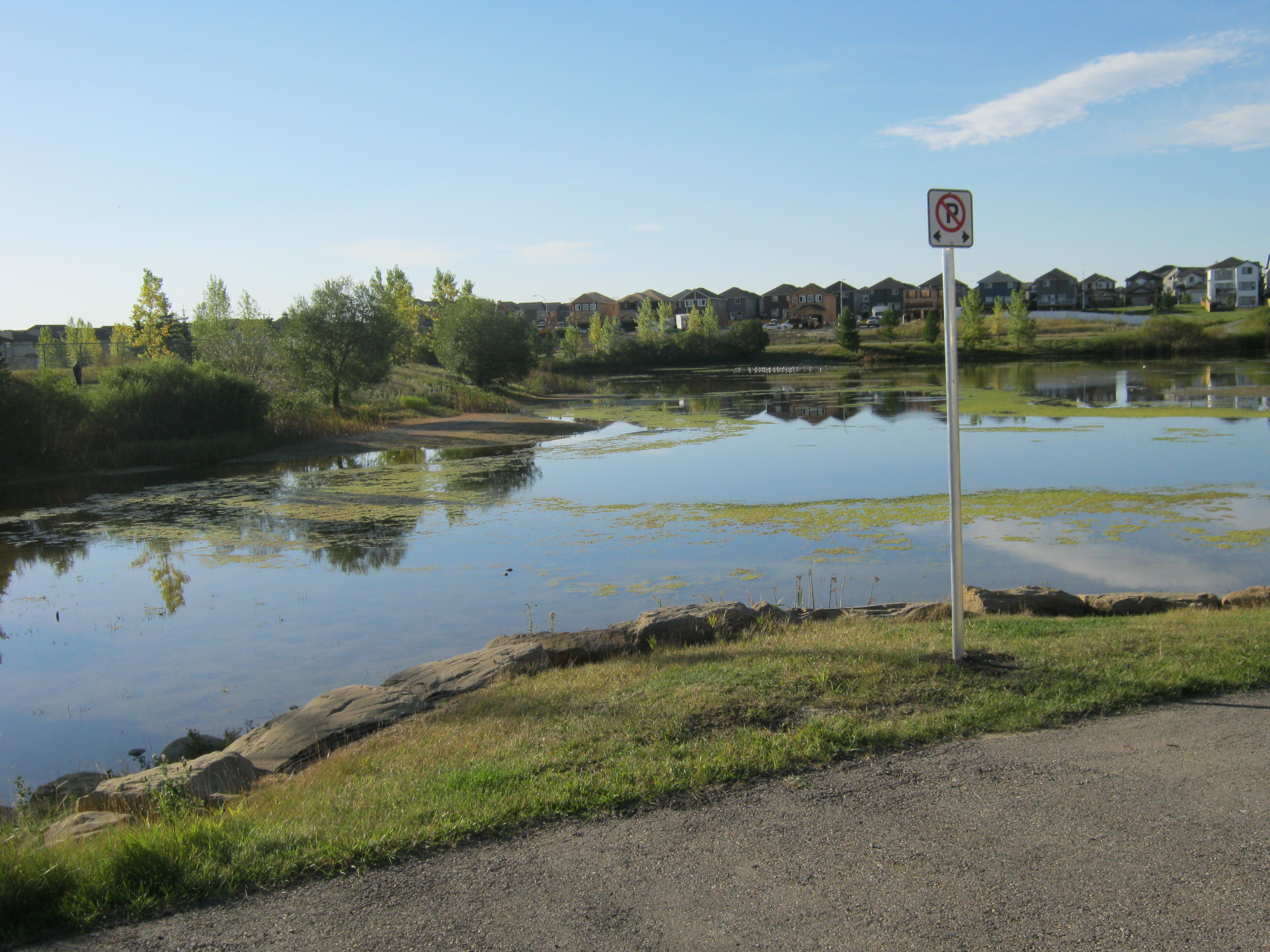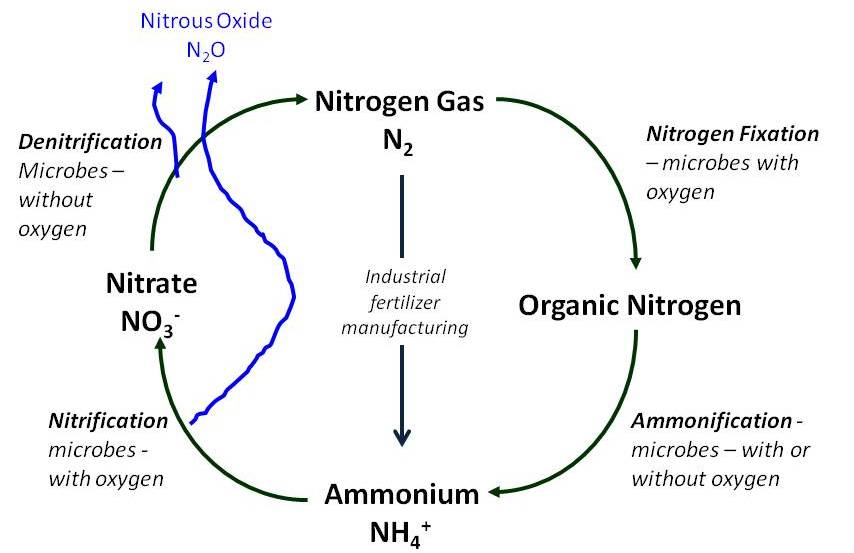How bacteria cultured in Alberta are helping treat algae and wastewater
By Joshua Day Chief
We’ve all seen it—excessive nutrient loading making lakes and ponds look and smell horrible. But, did you know these bodies of water typically have low dissolved oxygen, excessive algae blooms, unpleasant odours, plant growth, and stressful conditions for fish and wildlife?
Lakes and ponds stressed by unnatural water cycling, nutrient spikes (e.g. nitrogen and phosphorus), and altered shoreline and riparian habitat have a reduced capacity to decompose organic matter, cycle nutrients or maintain the water quality required for a healthy aquatic ecosystem.
However, we have a natural friend to help fight the algae foe!
Biotechnology products using a super-concentrated source of bacteria, which are naturally occurring in healthy aquatic systems and functions, effectively cycle and sequester nutrients in aquatic ecosystems. Further, by boosting populations of naturally occurring bacteria, the cycling of nutrients and organic decomposition can return, which can be critical to buy time for operators and others to pursue remediation of the root causes of stress on the impacted aquatic system.
When water comes from a surface runoff supply, it also brings high chemical and nutrient content. This is the perfect environment for algae to grow.
With more attention on environmental water treatment options the effectiveness of bacteria presents a naturally occurring alternative that can also be cost efficient.
 |
 |
|
Evergreen, Calgary, June 2014 (before) |
Evergreen, Calgary, August 2014 (after) |
What many people may not know is that specific consortiums of bacteria are used around the world to help treat wastewater as well. They address challenges including:
- Enhanced nitrification (see Figure 1)
- Biological oxygen demand (BOD) improvement – by taking care of this you make sure natural levels of oxygen in rivers or ocean / discharge outlets are preserved
- Odours (H2S)
- Sludge reduction – through using the right bacteria you can reduce biosolids, which are the organic matter recycled from sewage.
 |
|
Figure 1: the nitrogen cycle |
Later in the treatment process, bacteria make enzymes, which digest sludge; however, enzymes are made primarily when the bacteria are starved. The bottom of a sewage lagoon is not an ideal environment for bacteria to make sludge-digesting enzymes.
In a lagoon where bacteria are not producing enzymes quickly enough, the sludge will build up. This is why bacteria that are safe, naturally occurring, and not genetically altered are ideal for sludge and grease digestion. It is also possible to produce huge quantities of nitrifying and sludge digesting bacteria.
Bacteria have a significant role to play in water treatment. In Raymond, Alberta, Advanced Water Technologies cultures super concentrated bacteria, which are used in a simple treatment plan and applied to optimize both anaerobic and aerobic processes to address effluent qualities.
It’s impressive how these little bugs can reduce capital expenditure by possibly avoiding plant expansion or upgrades, and contributes to the efficiency of wastewater treatment plants by up to 40%. Combined with their work on algae, you have a formidable ally in addressing some of our most prevalent water treatment challenges.
Click here to watch a new video stepping you through the Advanced Water Technologies process.
Joshua Day Chief is the President at Advanced Water Technologies (AWT), an Alberta-based, family operated, biotechnology company developing and producing bacterial formulations that enhance the recycling process of nutrients and waste for application in lakes/ponds, agriculture, aquaculture, wastewater treatment and environmental remediation.
